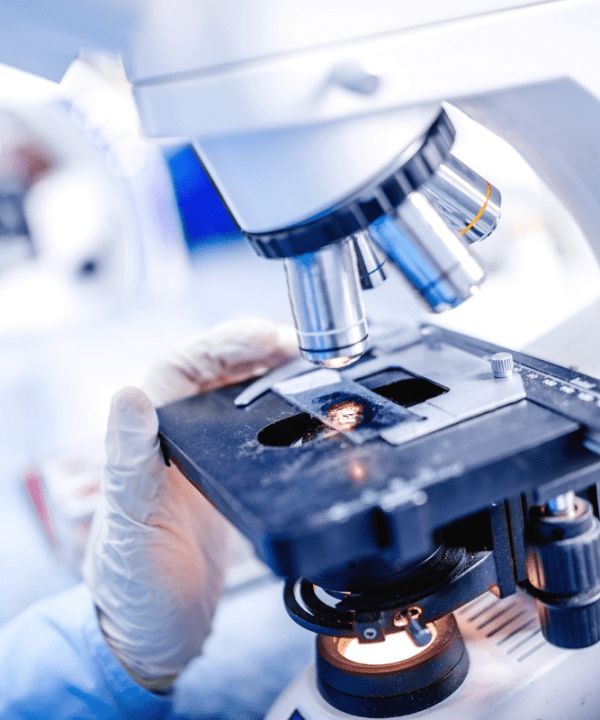
PROJECT DETAILS
- Project No 4991
- Project Name Understanding and removing of collected GHG emissions in wastewater treatment plants
- Lead Organisation Icon Water
- Research Lead University of Queensland
- Main Researcher Xueying Zhang
- Completion Year 2027
Project Description
Australian water utilities are actively pursuing the goal of achieving net-zero emissions in the coming decades. The primary greenhouse gas (GHG) emissions contributing to their carbon footprint include nitrous oxide, methane, and anthropogenic carbon dioxide. Currently, considerable efforts are underway to adapt existing treatment processes, ensuring low GHG emissions without compromising removal efficiency.
Certain plants near residential areas consistently manage emitted gases through collecting and treatment for odour removal before releasing them into the atmosphere. This presents an opportunity for end-of-pipeline treatments of fugitive emissions. Nitrous oxide (N2O), known for its solubility in water, holds the potential for oxidation or reduction to harmless forms through chemical processes. Ongoing research on catalytic reactions with N2O has shown promising results, achieving up to 90% removal efficiencies. Future investigations should focus on identifying removal efficiency, cost considerations, and the potential for commercialisation.
In sludge handling, treatments involving high temperatures, such as incineration, pyrolysis, and gasification, offer effective sludge volume and pathogen reduction. However, concerns arise from gaseous byproducts like N2O, NOX, CO2, and SO2, necessitating their removal before release. While existing commercialised gas treatment technologies like SNCR and SCR can achieve the desired removal efficiency, their high capital and operational costs present challenges. Therefore, there is a need for more economical and straightforward technologies to be researched in this domain.
These two methods of gaseous emissions are believed to have similar gas compositions. By understanding the potential methods of removing polluted gases through laboratory experimentation and modelling, we have a greater chance of addressing environmental issues effectively.





